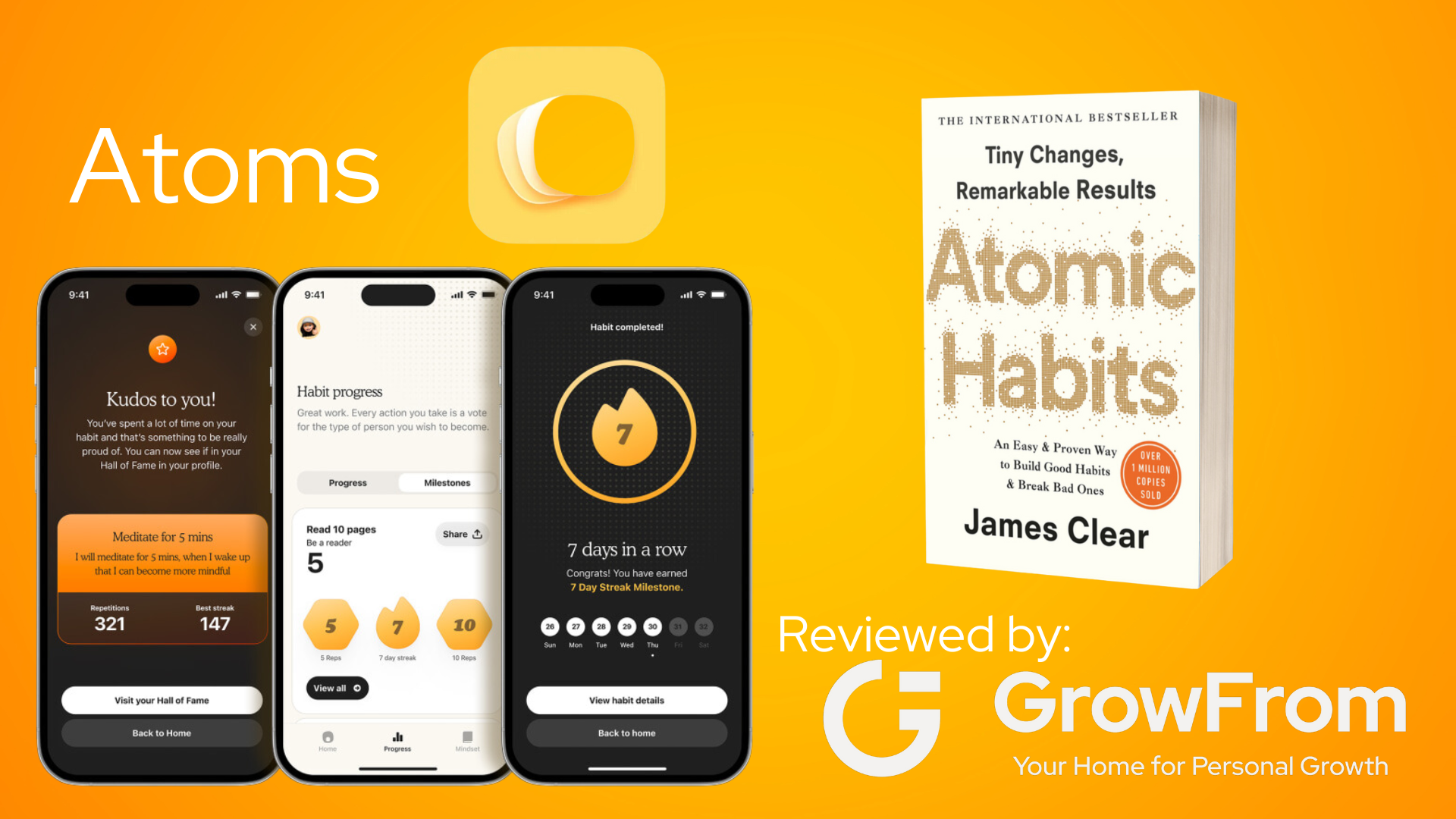“Rich Dad Poor Dad” is a personal finance book written by Robert Kiyosaki that has been widely popular since its publication in 1997. The book’s main focus is on how to achieve financial independence and success by adopting a different mindset and approach to money management. Through the stories of his two fathers – his biological father, who was financially stable but struggled with money management, and his best friend’s father, who was a wealthy businessman – Kiyosaki presents a new way of thinking about money that challenges traditional beliefs and encourages readers to take control of their financial future.
The book is divided into ten chapters, each focusing on a different aspect of personal finance. The first chapter introduces the two fathers and their different approaches to money, laying the foundation for the rest of the book. Kiyosaki then goes on to discuss the importance of financial education and how it can be obtained outside of traditional schooling. He also emphasizes the importance of taking calculated risks and learning from failures.
Throughout the book, Kiyosaki stresses the importance of creating passive income streams through investments in assets that generate cash flow, such as real estate, stocks, and businesses. He encourages readers to start small and build their wealth gradually, using the cash flow from their assets to invest in new opportunities.
One of the key takeaways from “Rich Dad Poor Dad” is the concept of “paying yourself first.” Kiyosaki encourages readers to prioritize their own financial goals by setting aside a percentage of their income each month before paying their bills or other expenses. This can help individuals build up their savings and investment portfolios over time, even if they start with small amounts.
Another important concept that Kiyosaki discusses is the difference between assets and liabilities. He defines assets as things that generate cash flow and increase in value over time, such as rental properties or stocks. Liabilities, on the other hand, are things that require ongoing expenses, such as a mortgage or car payment. Kiyosaki encourages readers to focus on acquiring assets rather than liabilities, as this is the key to achieving financial independence.
Overall, “Rich Dad Poor Dad” is an inspiring and thought-provoking book that challenges readers to rethink their beliefs about money and financial success. While some of the advice may not be applicable to everyone, the book provides a valuable perspective on how to create and manage wealth. The personal anecdotes and storytelling make it an engaging read, and the practical advice and actionable steps make it a useful resource for anyone looking to improve their financial situation.







